การใช้ Preposition Of Place
Preposition Of Place | คำบุพบทบอกสถานที่ พร้อมประโยคตัวอย่าง
คำสำคัญที่ผู้ใช้ค้นหา: การใช้ preposition of place preposition หลักการใช้, Preposition of place, preposition of place in on at การใช้, preposition of place คําศัพท์, ตัวอย่างประโยค preposition of place, Preposition คือ, preposition มีอะไรบ้าง, การใช้ preposition of time
รูปภาพที่เกี่ยวข้องกับหัวข้อ การใช้ preposition of place
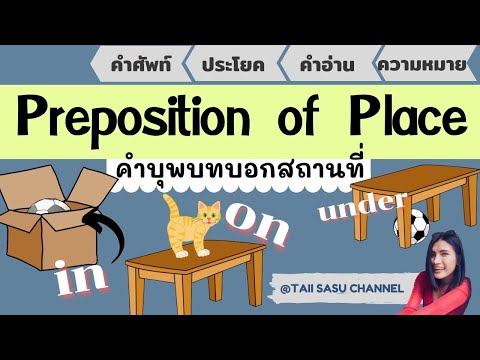
หมวดหมู่: Top 28 การใช้ Preposition Of Place
ดูเพิ่มเติมที่นี่: phauthuatdoncam.net
Preposition หลักการใช้
A preposition is a word or group of words that indicates the relationship of a noun or pronoun to another word in a sentence. In English, prepositions often precede a noun or pronoun, such as “in,” “on,” “at,” or “to.” However, Thai prepositions come after the noun or pronoun they govern.
The primary preposition in Thai is หลักการใช้, which can be translated as “of,” “from,” or “about” in English. Its most common usage is to indicate possession or the relationship between two or more objects. Generally, หลักการใช้ follows the noun it modifies and is often followed by a verb or a noun phrase.
For instance, let’s consider the sentence “หนังสือของฉัน” (Nang suea khăng chan) which translates to “My book.” Here, ของ (khăng) is the preposition หลักการใช้ or the equivalent of “of” in English. It acts as the possessive marker that shows the relationship between the noun “book” and the pronoun “my.”
หลักการใช้ can also be used to indicate the material or content of an object. For example, “ขวดน้ำเปล่า” (Khùat náam bplâo) means “a bottle of water.” Again, ของ (khăng) serves as a preposition, indicating that the bottle contains or is made of water.
In addition to indicating possession, หลักการใช้ can be used to express origin or the source of something. For example, “เธอมาจากประเทศอังกฤษ” (Thooe maa jaak bprathet anggrit) translates to “She comes from England.” Here, จาก (jaak) is the preposition หลักการใช้ that indicates the origin or source of the subject “she.”
Furthermore, when discussing specific topics or subjects, หลักการใช้ can be used to mean “about” or “on.” For example, “จานดอยที่ตกหล่นในพื้นที่ของป่าธรรมชาติ” (Jaan dŏi thee dtohk lon nai phéuun thîi khăng bàa thammachâat) translates to “Plates falling in the area of natural forest.” Here, ของ (khăng) serves as a preposition that specifies the topic or area of the forest in which the plates are falling.
FAQs about Preposition หลักการใช้:
1. Are prepositions in Thai always placed after the noun?
Yes, unlike in English where prepositions precede the noun, in Thai, prepositions always follow the noun or pronoun they govern.
2. Can preposition หลักการใช้ be used interchangeably with other prepositions?
No, while there may be similar prepositions in English, it is important to use หลักการใช้ correctly in Thai to convey the appropriate meaning and relationship between objects.
3. Are there any exceptions to the usage of หลักการใช้ when indicating possession?
Yes, in some cases, Thai speakers may omit the use of หลักการใช้ when the context is clear. However, using the preposition หลักการใช้ is considered more grammatically correct.
4. Can หลักการใช้ be used as a standalone preposition?
No, หลักการใช้ is not typically used as a standalone preposition. It always follows the noun or pronoun it modifies.
5. Are there any other prepositions commonly used in Thai?
Yes, apart from หลักการใช้, there are several other prepositions in Thai such as ใน (nai – in), บน (bon – on), ถึง (thuêng – to), เพื่อ (phêu – for), and many more. However, understanding the usage of หลักการใช้ is crucial as it is the foundation for many prepositional phrases in Thai.
In conclusion, understanding preposition หลักการใช้ is vital for proficient communication in the Thai language. Whether expressing possession, indicating origin, or specifying the topic of discussion, mastering the usage of this preposition enhances one’s ability to construct clear and precise sentences. By practicing its application and being mindful of the correct placement, learners can greatly improve their fluency in Thai.
Preposition Of Place
Thai language learners may find prepositions of place quite challenging at first, but with practice and a solid understanding of their usage, they can become more familiar and natural in conversation. In this article, we will delve into the world of prepositions of place in Thai, exploring their usage, subtleties, and common questions that learners often encounter.
Before we dive into the specific prepositions, it is crucial to grasp some basic concepts. In Thai, simple prepositions of place generally do not exist. Instead, other words with prepositional functions, such as เหนือ (n̂eụ̄x), ด้านบน (d̂ānn bon), and ใต้ (t̂āi), are used to indicate “above,” “on top,” and “below,” respectively. These words are placed after the noun they refer to, without any prepositional markers.
Another important aspect to note is that Thai language has a complex system of classifiers, which are used to classify nouns based on their shape, size, or purpose. When a preposition of place is used with a noun in Thai, the classifier must also be employed. For instance, in the phrase “ลงรถไฟ” (long rót fai) meaning “get off the train,” the noun “รถไฟ” (rót fai) meaning “train” requires the classifier “คัน” (khan), resulting in “รถไฟคัน” (rót fai khan).
Now, let’s explore some commonly used prepositions of place in Thai:
1. หน้า (n̂âa) – “in front of”
Example: โปรดยืนหน้าร้านหน่อย (prōt yụ̄n n̂âa râan ǹɔ̂ı) – “Please stand in front of the store.”
2. ข้าง (k̄ĥāng) – “next to”
Example: คอมพิวเตอร์อยู่ข้างๆ โต๊ะ (khxmphiutx d̂ỳwk̄ĥāngĥātx) – “The computer is next to the table.”
3. ใน (nai) – “inside”
Example: เหตุการณ์เกิดขึ้นในตลาด (h̄etkārnn kĕrt kheụ̄nxnai tlāāt) – “The incident happened inside the market.”
4. รอบ (r̂xb) – “around”
Example: เด็กกำลังเล่นบนสนามรอบๆ (dèk gamlang løn bon s̄nāām r̂xb r̂xb) – “The children are playing around the field.”
5. ด้าน (d̂ānn) – “on the side of”
Example: ภาพเด็กบางคนยืนอยู่ด้านหลังโถม (p̄hāph dèk bāng khohn yụ̄n xāyười d̂ānn lạng t̂ĥxm) – “The picture shows some children standing on the side of the carriage.”
Now, let’s address some frequently asked questions (FAQs) that learners often have regarding prepositions of place in Thai:
FAQs:
Q1: How do I know which preposition to use when describing the location of an object?
A1: Choosing the appropriate preposition requires practice and familiarity with the context. Observe how native speakers use prepositions of place in different situations and imitate their usage.
Q2: Are there any exceptions or irregularities with prepositions of place in Thai?
A2: As in any language, there may be exceptions and irregularities to the rules. It is best to consult with a Thai language instructor or reference materials for specific cases.
Q3: Are there any similarities between prepositions of place in Thai and English?
A3: Yes, there are some similarities between Thai and English prepositions of place. For instance, “in front of” is translated as “หน้า” (n̂âa) in Thai, which resembles the English word “front.” However, be cautious, as not all prepositions have direct equivalents in both languages.
Q4: How important is it to use the correct classifier when using prepositions of place?
A4: Classifiers are crucial in Thai because they indicate the internal structure of the noun they accompany. Using the correct classifier ensures accurate communication and proper syntax.
Q5: Are there any regional variations in the usage of prepositions of place in Thai?
A5: While the general usage of prepositions of place remains consistent across Thailand, there may be minor regional variations or dialect-specific usages. Immersing yourself in different Thai-speaking communities can help you become more familiar with these variations.
By understanding prepositions of place in Thai and practicing their usage, learners can become more proficient in accurately expressing and understanding the location or position of objects and people. Remember, practice makes perfect, so don’t hesitate to apply these prepositions in your Thai conversations and written texts. Happy learning!
Preposition Of Place In On At การใช้
Prepositions play a crucial role in our daily conversations by indicating the position or location of an object, person, or event. In Thai, the prepositions “in,” “on,” and “at” have their own unique translations and usage when describing positions or locations. It is important to master their correct usage to ensure clear and accurate communication in Thai. In this article, we will thoroughly explore the usage of these prepositions in Thai, providing both basic and advanced examples to help readers grasp the concept.
I. Preposition “in” – ใน (nai)
The preposition “in” corresponds to the Thai word “ใน” (nai). It is used to indicate a position or location within an enclosed space or boundaries. Let’s look at some common examples:
1. ฉันอยู่ในห้อง (Chan yoo nai hawng) – I am in the room.
2. ผู้ชายยืนในอู่ข้างรถ (Phu chai yuen nai u kang rot) – The man is standing in the garage.
3. เหรียญอยู่ในกระเป๋า (Rian yoo nai kra-pao) – The coin is in the bag.
These examples demonstrate that “ใน” (nai) is used to describe being inside or within a particular space. This preposition is often used in conjunction with nouns, indicating the object’s position within the given space.
II. Preposition “on” – บน (bon)
The preposition “on” corresponds to the Thai word “บน” (bon). It is used to describe a position or location where an object is in contact with or supported by another surface. Here are some examples:
1. สมุดอยู่บนโต๊ะ (Samoote yoo bon dawt) – The book is on the table.
2. มือถือวางบนเตียง (Meu-teen whaang bon tiang) – The cellphone is placed on the bed.
3. สินค้าตัวนี้จัดขายบนร้านเสื้อผ้า (Sinking tua ni jat kai bon ran suea pha) – This product is sold in a clothing store.
In these examples, “บน” (bon) is used to indicate that the object is resting or placed on a particular surface. It is important to note that this preposition often refers to a physical surface rather than a defined space.
III. Preposition “at” – ที่ (tee)
The preposition “at” corresponds to the Thai word “ที่” (tee). It is employed to indicate a specific location or position. Let’s explore some common examples:
1. เขาอยู่ที่บ้าน (Khao yoo tee baan) – He is at home.
2. ธนาคารตั้งอยู่ที่ถนนสุขุมวิท (Thanakan dang yoo tee thanon Sukhumvit) – The bank is located at Sukhumvit Road.
3. มหาลัยอาศัยที่เมืองเชียงใหม่ (Maha-lai asai tee muang Chiang Mai) – The university is situated in Chiang Mai.
In these examples, “ที่” (tee) is used to pinpoint a specific location or position. It is crucial to use this preposition when referring to a particular place, often with specific words such as “บ้าน” (baan) for home, “เมือง” (muang) for city, or “ถนน” (thanon) for road.
FAQs:
Q1: Can I use “ใน” (nai) instead of “ที่” (tee) when referring to a specific location?
A1: No, “ใน” (nai) is inappropriate when referring to a specific location. It is used to indicate being inside or within a particular space rather than a precise position.
Q2: Can “บน” (bon) be used interchangeably with “ที่” (tee) when describing a specific location?
A2: No, “บน” (bon) primarily refers to a physical surface or contact. It is not suitable for depicting specific locations. Instead, use “ที่” (tee) to specify a particular place.
Q3: Are there any exceptions to these prepositions’ usage?
A3: Yes, there are exceptions, and their usage can vary depending on the context. For instance, when indicating a mode of transportation, the preposition “in” is translated as “ใน” (nai) rather than “ที่” (tee). Examples include “เรือ” (reua) for boat or “รถยนต์” (rot yon) for car.
This comprehensive exploration of the prepositions “in,” “on,” and “at” – “ใน,” “บน,” and “ที่” in Thai, respectively – provides a solid foundation in their usage when describing positions or locations. Remember to practice these prepositions in various contexts to enhance your understanding and fluency in Thai. Happy learning!
พบ 8 ภาพที่เกี่ยวข้องกับหัวข้อ การใช้ preposition of place.






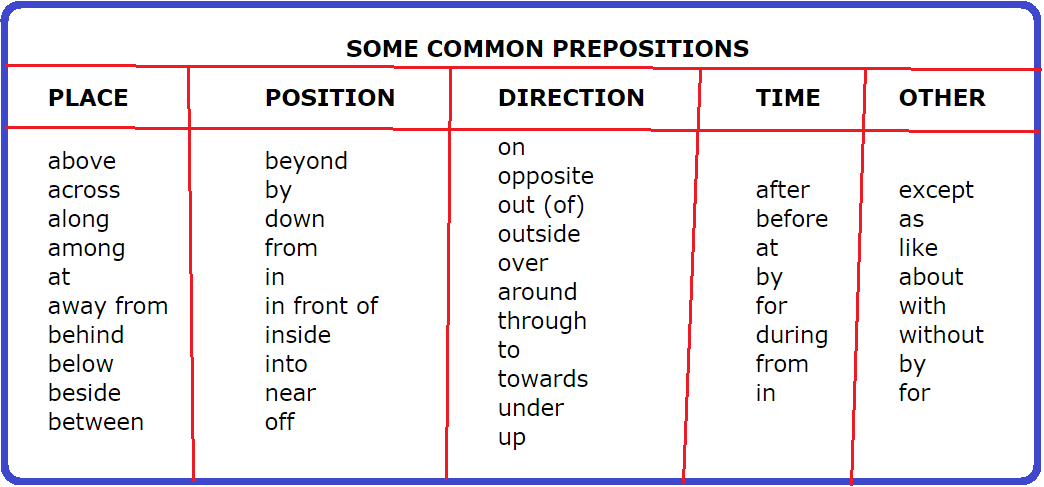



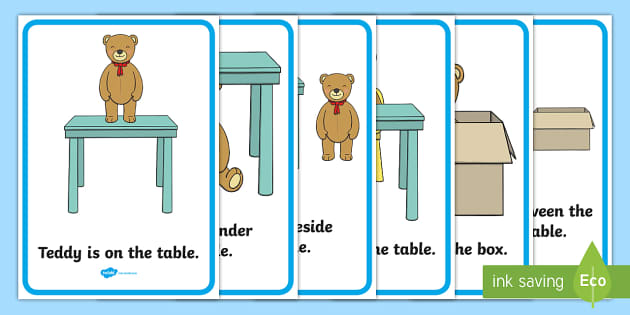

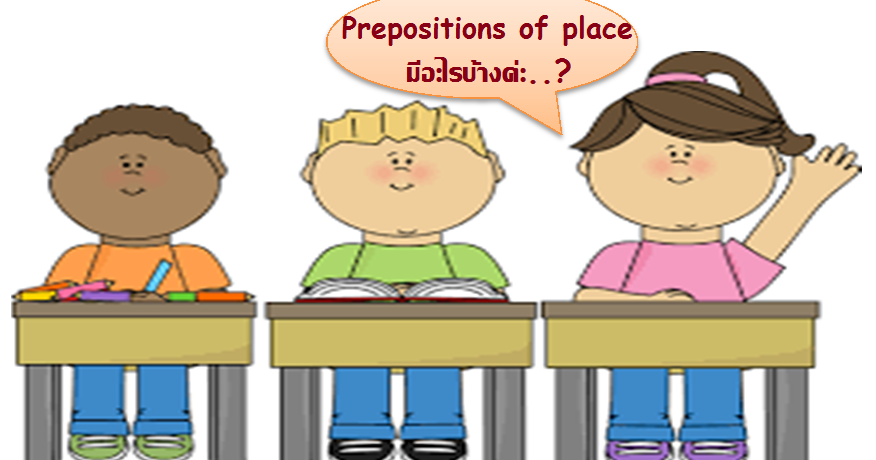
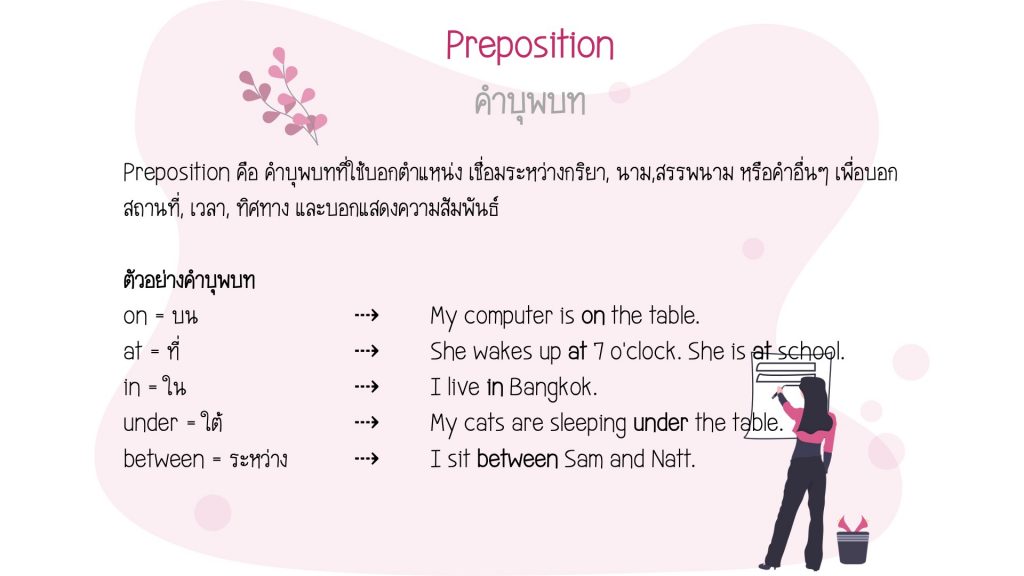
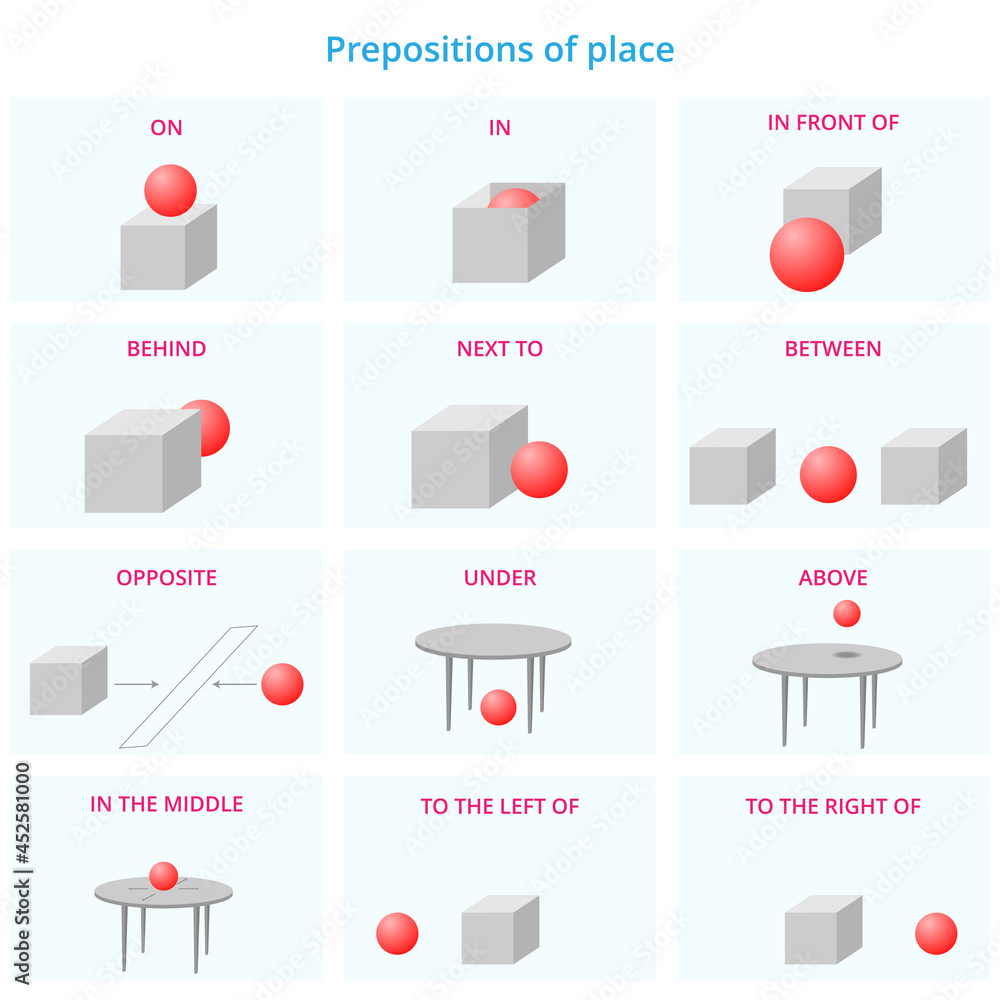



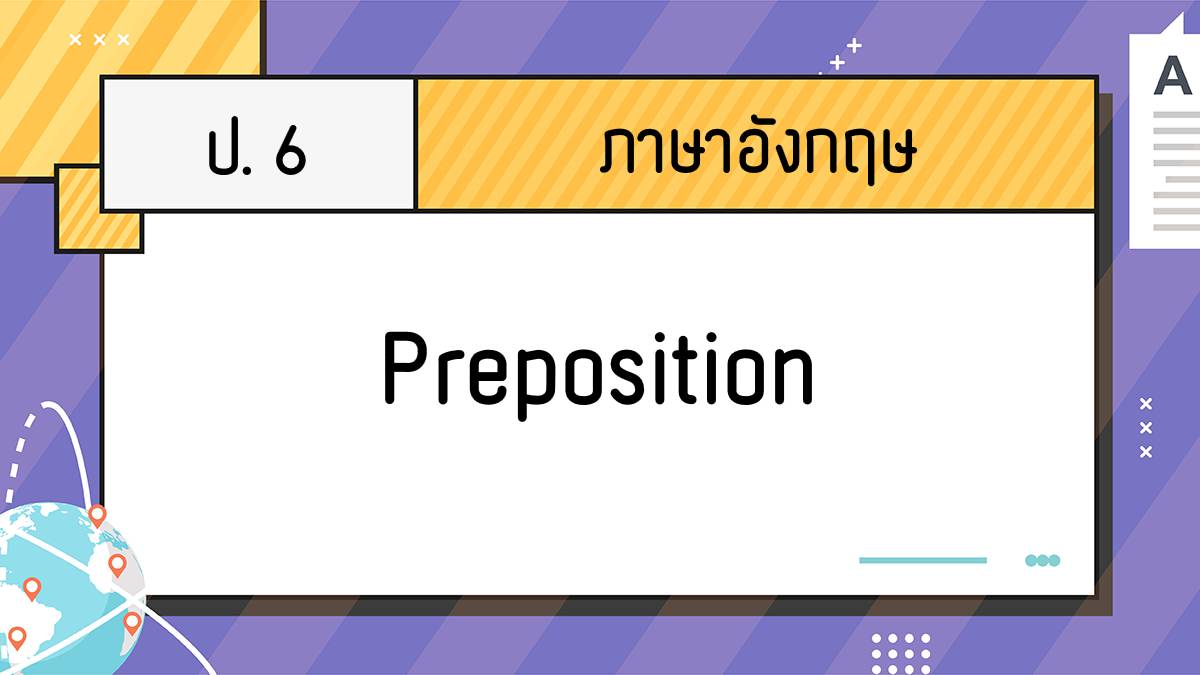
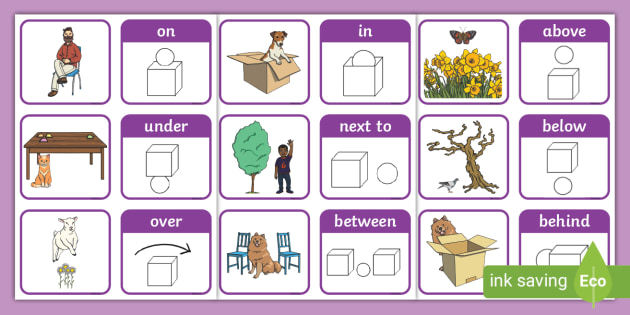


![การใช้ Preposition | Eng ลั่น [by We Mahidol] - YouTube การใช้ Preposition | Eng ลั่น [By We Mahidol] - Youtube](https://i.ytimg.com/vi/3wU6t6u8vkY/maxresdefault.jpg)
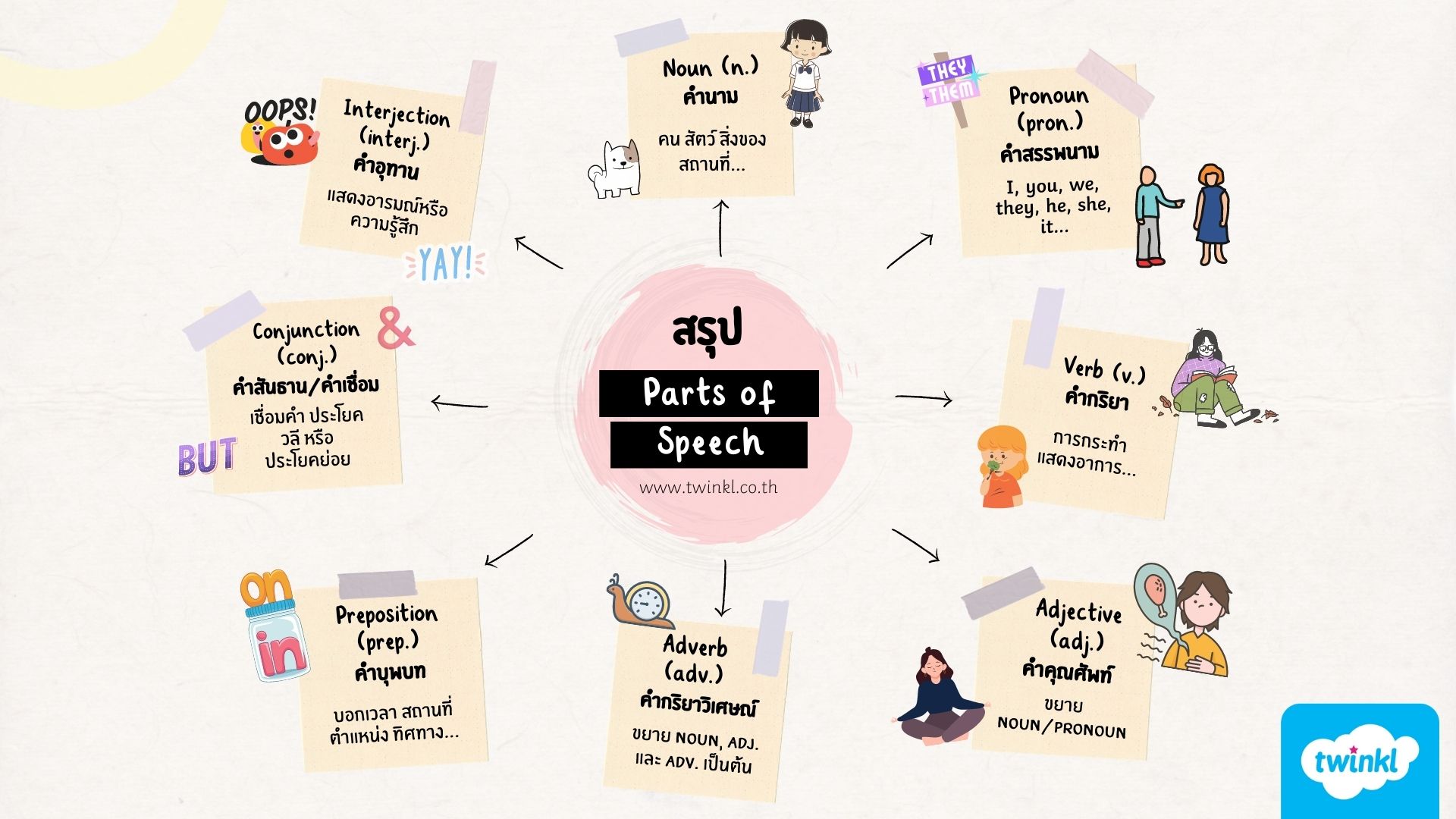













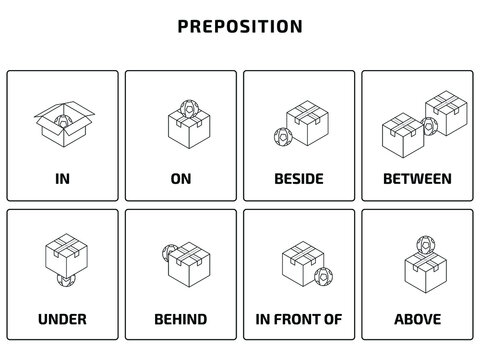


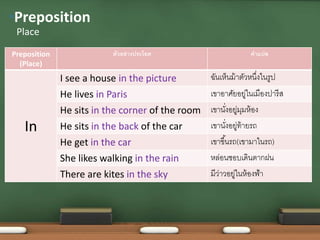
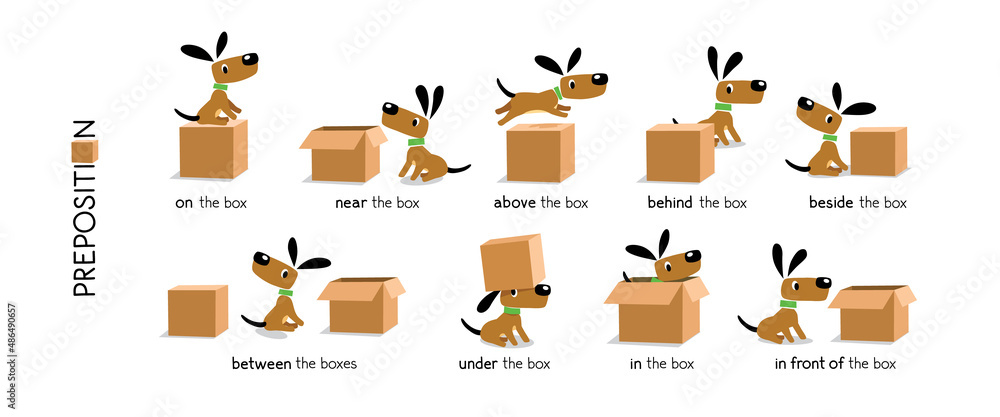





ลิงค์บทความ: การใช้ preposition of place.
ดูข้อมูลเพิ่มเติมเกี่ยวกับโพสต์หัวข้อนี้ การใช้ preposition of place.
- Preposition หรือ คำบุพบท เช่น in, on, at ใช้ยังไง ทำความเข้าใจได้ …
- การใช้ Preposition แบบง่ายๆ Part II Prepositions of Place
- Prepositions of place คือ..? คำบุพบทบอกสถานที่ มีหลักการใช้ …
- ‘Prepositions Of Place’ คำบุพบทบอกสถานที่อยู่ของวัตถุ
- Grammar: Preposition คืออะไร มีกี่แบบ หลักการใช้ …
- ตัวอย่างการใช้ Prepositions of place
- การใช้ประโยค Where’s the + (Building) + ? It’s + (Preposition …
- Preposition of Place มันคืออะไร – Learning 4 Live
- คำบุพบทบอกสถานที่ Preposition of Place ตัวอย่างประโยค คำอ่าน …
ดูเพิ่มเติม: https://phauthuatdoncam.net/tv-shows-a-z